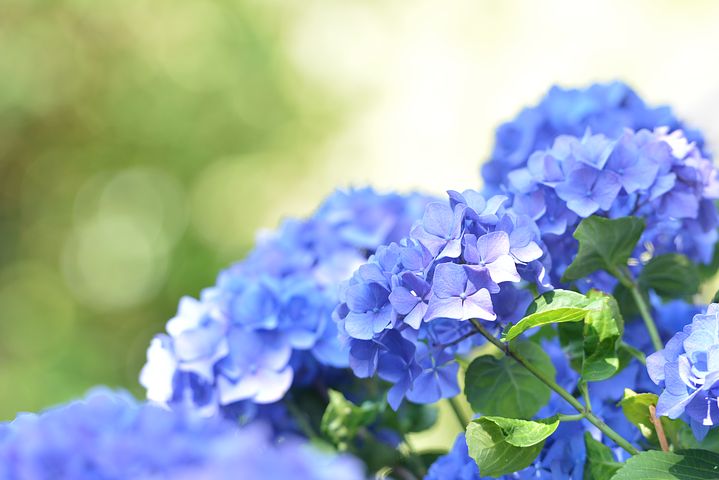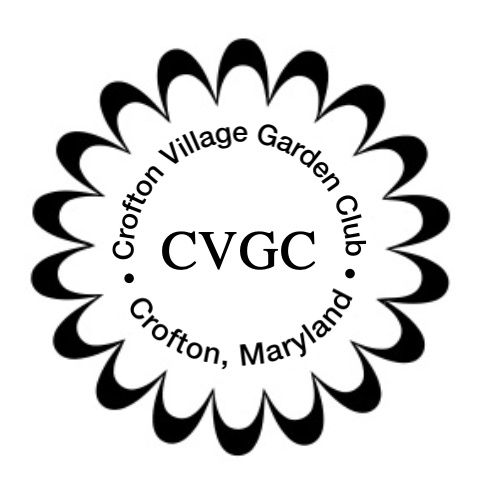|
Hydrangea is a genus of 70-75 species of flowering plants native to Asia and the Americas. They can be either deciduous or evergreen, though the widely cultivated temperate species are all deciduous.
Scott Aker, Head of Horticulture and Education at the U.S. National Arboretum, answers our many questions on these heavenly plants – can we really alter the color, when is the best time to prune and how to do so, and do they like sun or shade. Click the button below for an overview of Mr. Aker's discussion. Comments are closed.
|
CATEGORIES
All
|
Photos from Landscape Design Advisor, Sharon Mollerus, Puddin Tain, Donnaphoto

